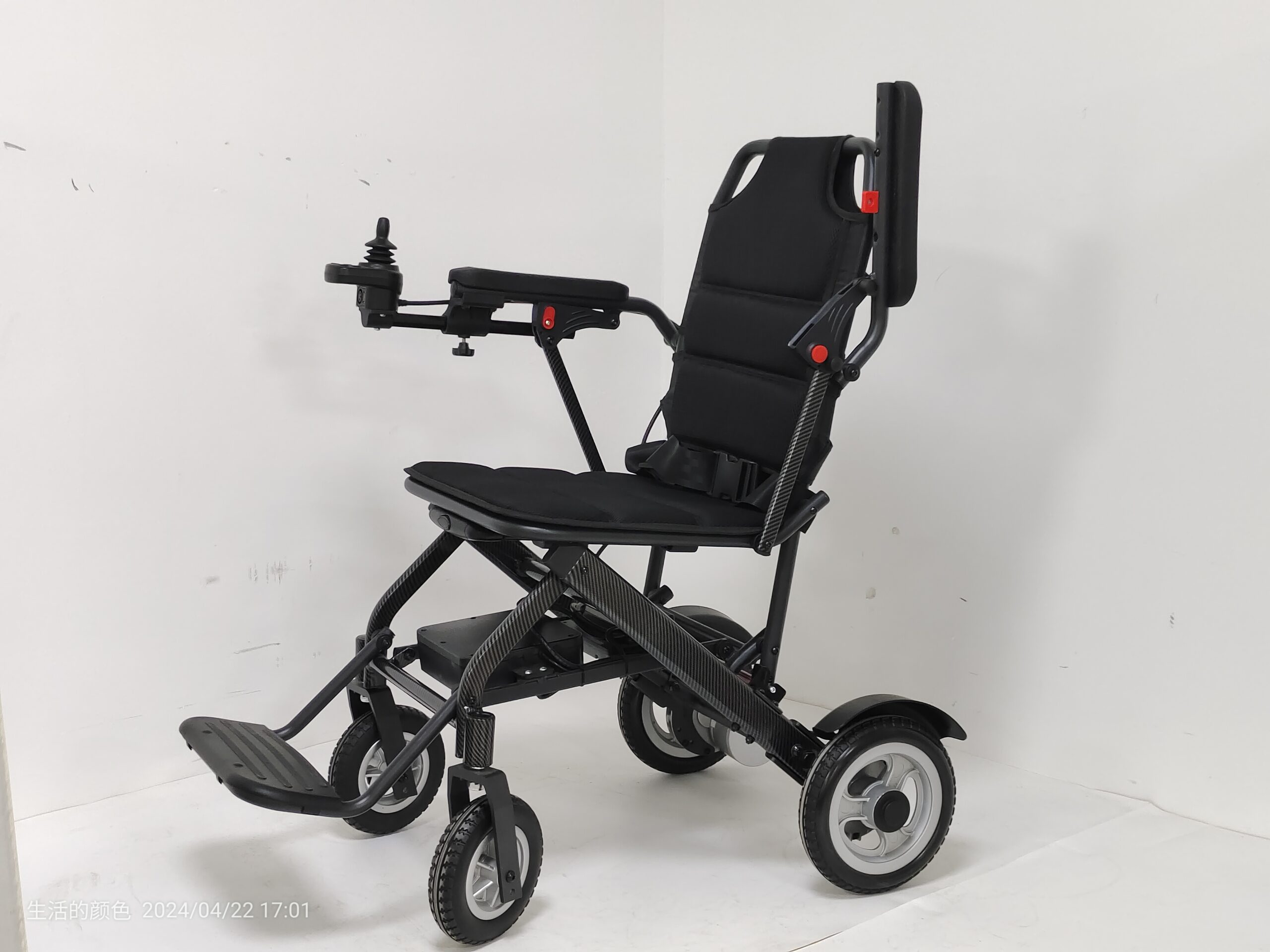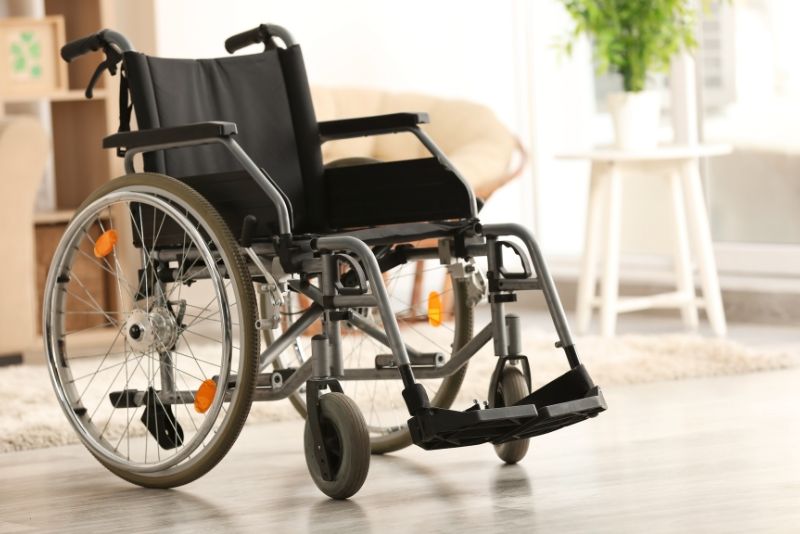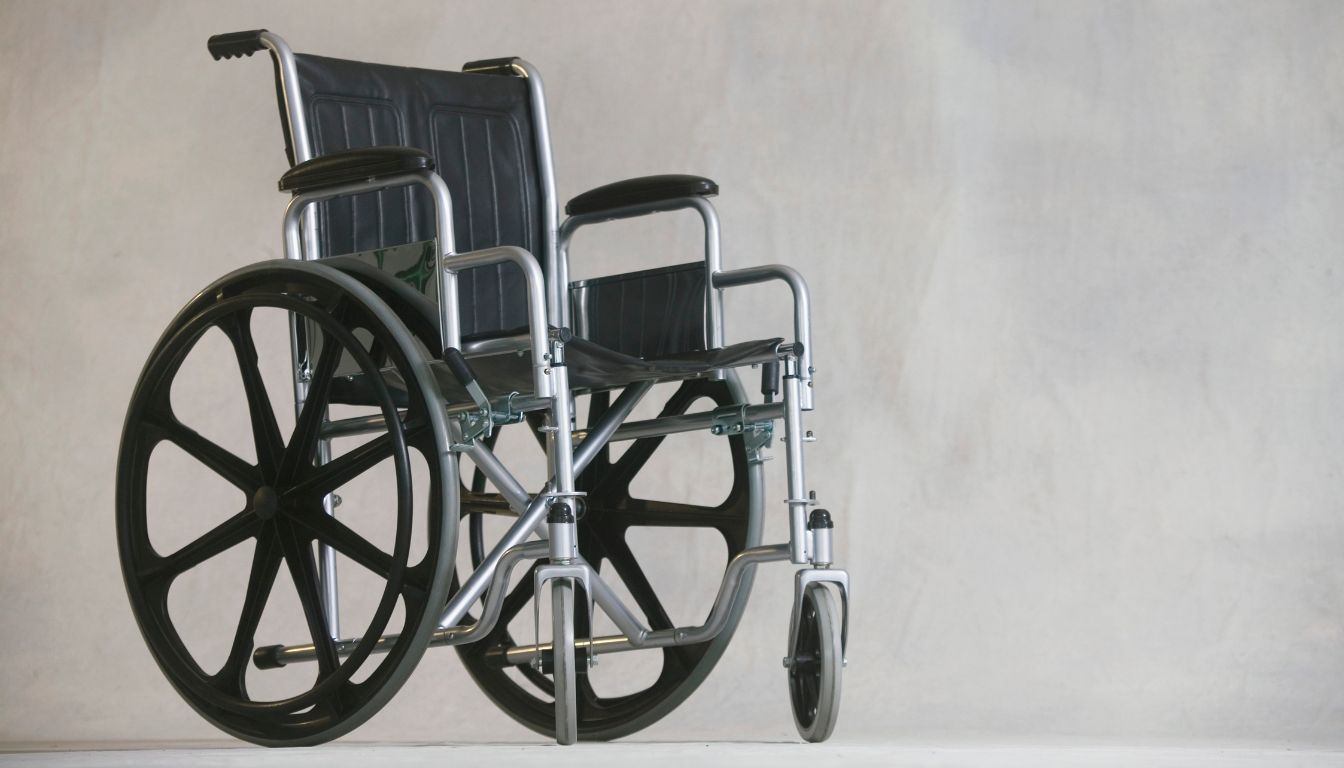Imagine this: You want to meet friends at a café on the weekend, but you have to cancel because your wheelchair is too heavy to lift into the car. On a trip, you stare at stairs and narrow hotel hallways, forced to cut your journey short. Even at home, turning around feels like a struggle, leaving you dependent on others for help—sound familiar?
Electric folding wheelchairs are often called the “key to mobility freedom,” but with price tags ranging from
3,000to5,000, it’s natural to wonder: Will this actually solve my problems, or is it just a marketing gimmick? As someone who’s spent years in the wheelchair industry, I’ve seen too many people waste money on the wrong model or miss out on life-changing convenience. Today, we’re cutting through the noise to weigh the hidden costs vs. real savings, who needs one (and who doesn’t), the trade-offs between portability and performance, and the priceless value of independence—so you can decide if this is the right investment for your life.
1. The Money Talk: It’s Not Just About the Sticker Price—Here’s the Real Cost Breakdown
Let’s start with the numbers. Folding models cost 10–20% more than traditional electric wheelchairs (average
3k–5k), but they often save you money where you least expect it:
- ✅ Save on Home Modifications: A Space-Saver’s Dream
I once helped a New York City apartment dweller calculate this: A traditional wheelchair, too wide for her door, required $2,000 in 门框 modifications and a ramp. Her folding alternative? At just 24 inches wide folded, it glided through elevators—no renovations needed.
- ✅ Save on Transportation: Freedom to Drive (or Ride) Yourself
Traditional wheelchairs often get rejected by taxi drivers and are a hassle to load. Folding models? They collapse in 3 seconds and fit in a Honda Fit trunk (yes, really). One user saved over $1,500 annually on ride-hailing fees just by taking her own car to the grocery store and doctor’s appointments.
- ⚠️ Avoid the “Cheap Trap”
A $2,000 no-name folding chair might seem like a steal, but I’ve seen them fail within six months—swollen batteries, grinding motors, and repair costs that exceed the purchase price. Rule of thumb: Skip any model with less than 300W motor power or under 15 miles of battery range—quality matters more here than anywhere else.
Bottom line: If you’re spending over $300 monthly on extra transportation or home fixes due to mobility issues, a folding wheelchair could pay for itself in 1–2 years—and last 5–8 years with proper care.
2. The “You” Factor: 2 Groups Who’ll Thrive with It (and 2 Who Should Think Twice)
Your lifestyle determines whether this is a game-changer or a gimmick. Ask: Where do I spend most of my time?
✅ Perfect for These “Power Users”
- Frequent Travelers (Plane, Train, Bus)
Airlines and trains are friendlier to folding wheelchairs—especially lightweight models (under 30 lbs). I’ve seen travelers breeze through airport security, storing their chair in overhead bins (try that with a traditional wheelchair!).
- Staircase/Old Apartment Residents
Live on the 3rd floor with no elevator? A folding chair lets you carry it halfway down yourself (pro tip: pair it with a stair climber for higher floors), ditching reliance on others for daily trips to the grocery store.
❌ Not Ideal For:
- Outdoor Adventure Seekers
Planning to tackle gravel trails or steep hills? Folding chairs’ small wheels (6–8 inches) and minimal suspension struggle on rough terrain. Stick with a heavy-duty model if off-roading is your norm.
- 10+ Hour Daily Sitters (e.g., Office Workers)
Most folding chairs sacrifice advanced seating support for portability. If you’re sedentary for long hours, opt for a foldable model with adjustable lumbar support—or a stationary chair with a detachable battery for occasional outings.
Quick Test: If 90% of your life happens in indoor spaces, neighborhoods, or malls—and you need to travel by car frequently—this is likely a home run.
3. The Portability vs. Performance Trade-off: Lighter Weight vs. Shorter Range—How to Choose Wisely
Folding wheelchairs make 3 key compromises to stay compact. Here’s how to minimize the downsides:
| Compromise | Traditional Electric Wheelchair | Electric Folding Wheelchair (Average) | My Advice |
| Motor Power | 500W+ (excellent for hills) | 300–400W (smooth on flat/slight slopes) | Choose dual-motor models! Independent wheel drives prevent slipping on 8° inclines (single motors often stall). |
| Battery Range | 20–30 miles per charge | 12–20 miles per charge | Opt for removable batteries! Add a $500 spare to double range—they’re TSA-approved and easy to swap. |
| Seat Comfort | Memory foam + adjustable backrest | Lightweight foam + fixed angle | Check cushion thickness! Avoid anything under 3 inches—add a gel pad later for $100 if needed (game-changer for long days). |
Real-World Test: My daily 1.5-mile round trip to the subway lasted 3 days on a single charge—more than enough for errands. At Disney World? I charged for 20 minutes at a park outlet during lunch (they have free charging stations!)—no sweat with a little planning.
4. The “Dignity Dividend”: The Invisible Returns Money Can’t Buy
Let’s talk about what numbers can’t capture. In interviews with 200+ users, folding wheelchairs unlocked unexpected benefits:
- Social Revival
Uncle Li, 65, now joins weekly park chess games and choir practice after his folding chair fit in his son’s SUV. “I used to hate bothering my kids—now I’m the one making plans,” he says.
- Caregiver Relief
Xiao Wang, who cares for her father, cut her daily lifting struggles by 50%. “Less arguing, less stress—dignity really does smooth family life,” she admits.
- Confidence Reborn
Young users report newfound courage to visit convenience stores or malls alone. “The freedom to leave whenever I want? That’s worth more than any price tag,” says 28-year-old Maya.
This is the heart of the investment: It’s not a wheelchair—it’s a tool to reclaim control over your days.
The Final Checklist: 3 Questions to Decide Today
- How often does mobility limit your life?
(If you sigh “this is impossible” 3+ times daily, it’s time to consider it.)
- Do you have trips or social plans coming up?
(Frequent outings = folding chair’s natural habitat—add it to your must-have list.)
- Can you live with small trade-offs?
(Slower hill climbs or a firmer seat? The freedom it brings usually outweighs these tiny compromises.)
If you answered “yes” to all, visit a dealer and test-drive for 30 minutes—wheel it through tight spaces, try a U-turn, feel the joystick. Your body will tell you if it’s a match.
Final thought: A wheelchair isn’t a “compromise”—it’s a tool to level up your life. Choose wisely, and it’ll be the most empowering accessory you’ll ever own.
Got more questions? Drop them in the comments—I’m here to help!






